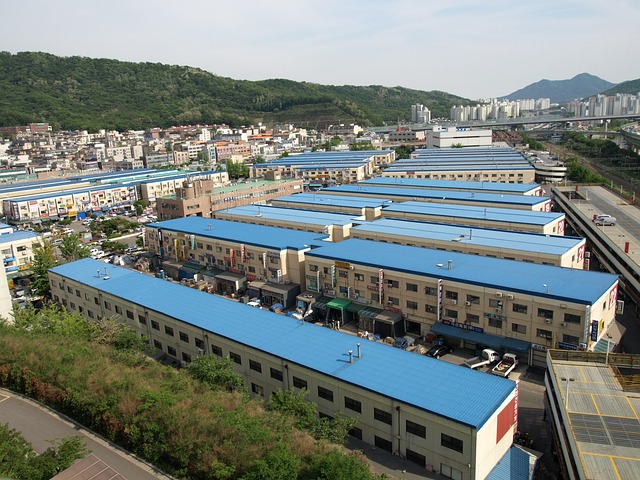In real estate, understanding the interplay between rent and returns is crucial for informed decision-making by investors and tenants. Higher rents often indicate stronger financial potential driven by supply and demand dynamics, with prime locations, modern properties, and favorable economic conditions commanding premium rates. To maximize returns, investors should strategically evaluate rental income versus maintenance costs, diversify investments across residential, commercial, and industrial asset classes, implement value-add strategies like renovating underperforming properties, actively manage rental properties to reduce vacancy rates, and contribute to positive local real estate dynamics.
In the dynamic world of real estate, understanding the intricate relationship between rent and return is key to successful investment. This article explores how potentially higher rents can translate into bigger profits, delving into crucial factors influencing rental rates and offering strategic insights for maximizing returns. By navigating market trends and implementing effective strategies, real estate investors can capitalize on opportunities to achieve remarkable financial gains.
Understanding the Rent-Return Relationship in Real Estate

In real estate, a fundamental concept for both investors and tenants is the relationship between rent and returns. The basic principle suggests that higher rents often correlate with potentially greater financial gains in the long term. This dynamic is driven by supply and demand; areas with high demand for housing typically experience increased rental rates, which can translate to more substantial returns for investors. Understanding this connection is crucial for making informed decisions in the real estate market.
When considering properties, evaluating potential rental income and comparing it against the expected costs of maintenance and management is essential. By assessing the rent-return relationship, investors can identify lucrative opportunities, especially in markets where property values are on the rise. This strategic approach allows them to make calculated choices, maximise profits, and stay ahead in a competitive real estate landscape.
Factors Influencing Potentially Higher Rents

In the dynamic realm of real estate, several factors contribute to the potential for higher rents. One significant factor is location; properties in prime areas, whether in bustling city centres or scenic suburban hotspots, often command premium rates due to high demand and limited availability. The property’s age and condition also play a role; modern, well-maintained buildings with contemporary amenities can attract tenants willing to pay top dollar.
Additionally, market trends and economic conditions significantly influence rent levels. In times of economic growth and low unemployment, rental markets tend to heat up as more individuals seek housing options, pushing rents higher. Supply and demand dynamics are pivotal; areas experiencing new construction but limited tenant options may see temporary price drops, while neighbourhoods with scarce housing stock relative to population can expect stronger rental rates.
Strategies for Maximizing Returns on Real Estate Investments

Maximizing returns on real estate investments requires a strategic approach. One key strategy is diversification. Instead of focusing on a single property type or location, investors should spread their portfolio across various asset classes like residential, commercial, and industrial real estate. This reduces risk by minimizing exposure to any one market segment. For instance, if the residential market softens, commercial properties might maintain or even increase their value.
Another effective strategy is value-add investments. This involves purchasing underperforming properties and renovating them to increase their value before selling at a higher price. Such strategies not only enhance returns but also foster local real estate development. Investors can also maximize returns by actively managing rental properties, ensuring they are well-maintained and tenants are satisfied, which leads to lower vacancy rates and higher income.






